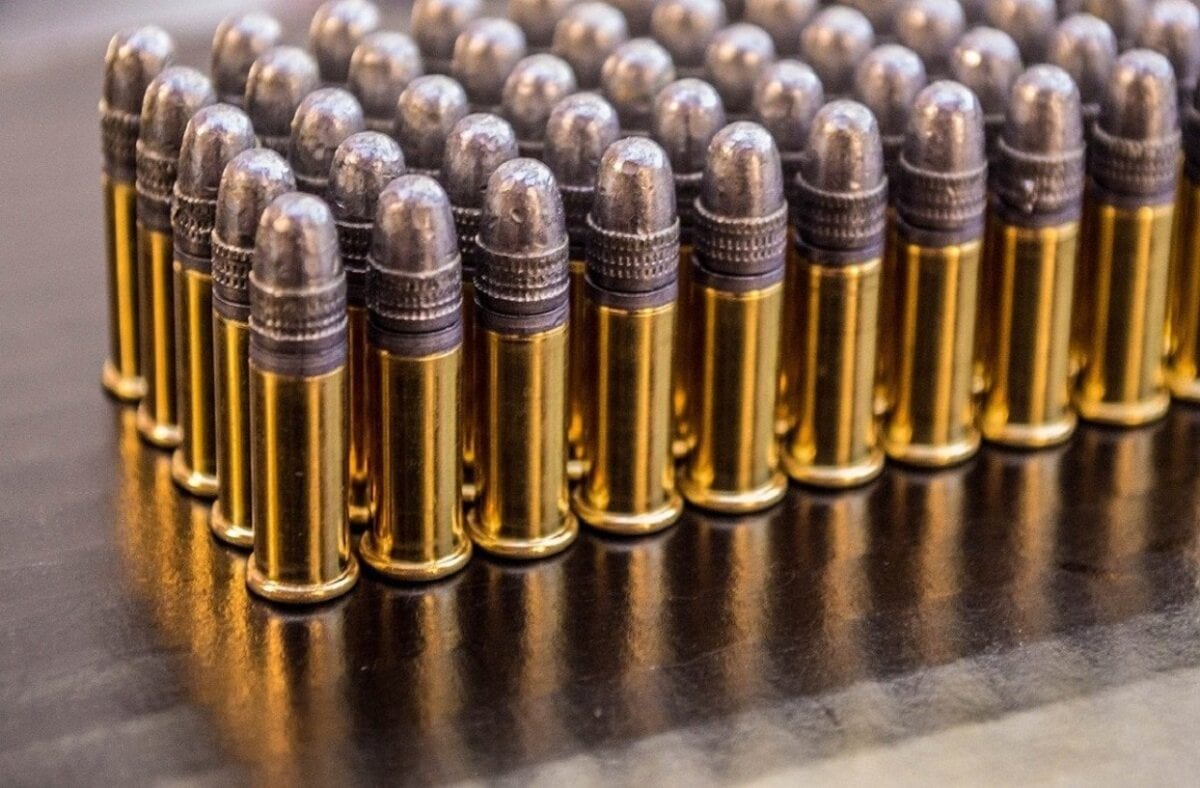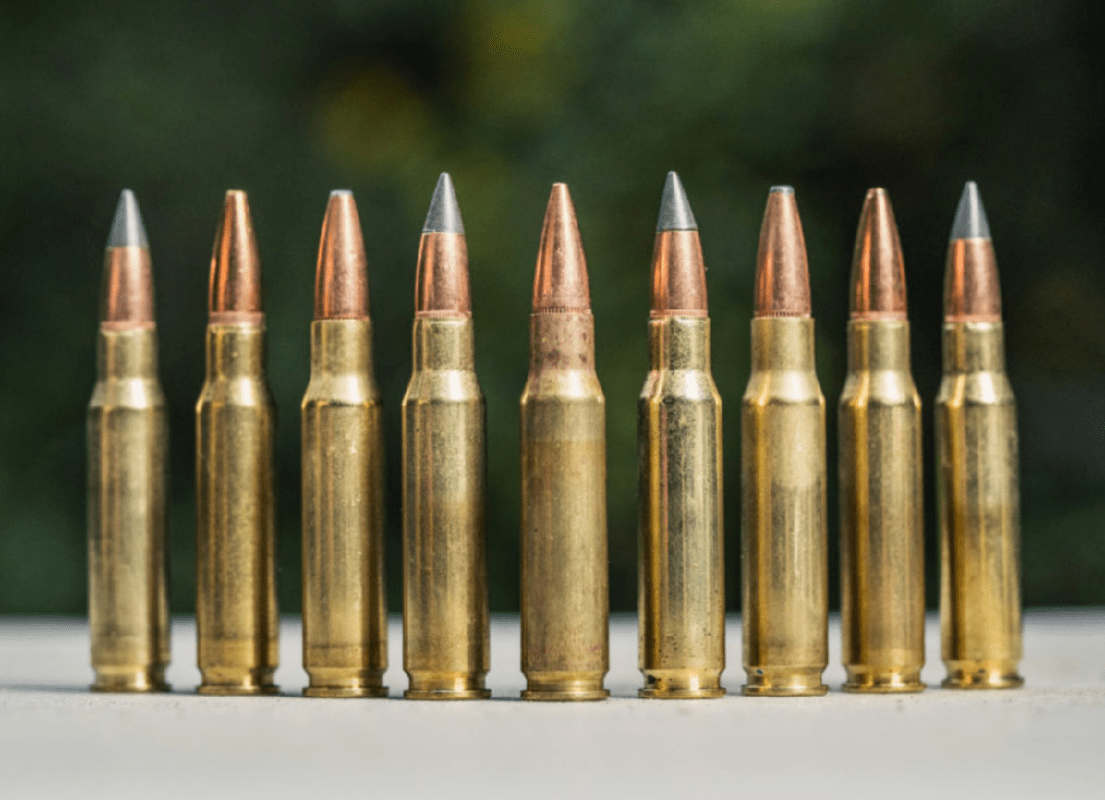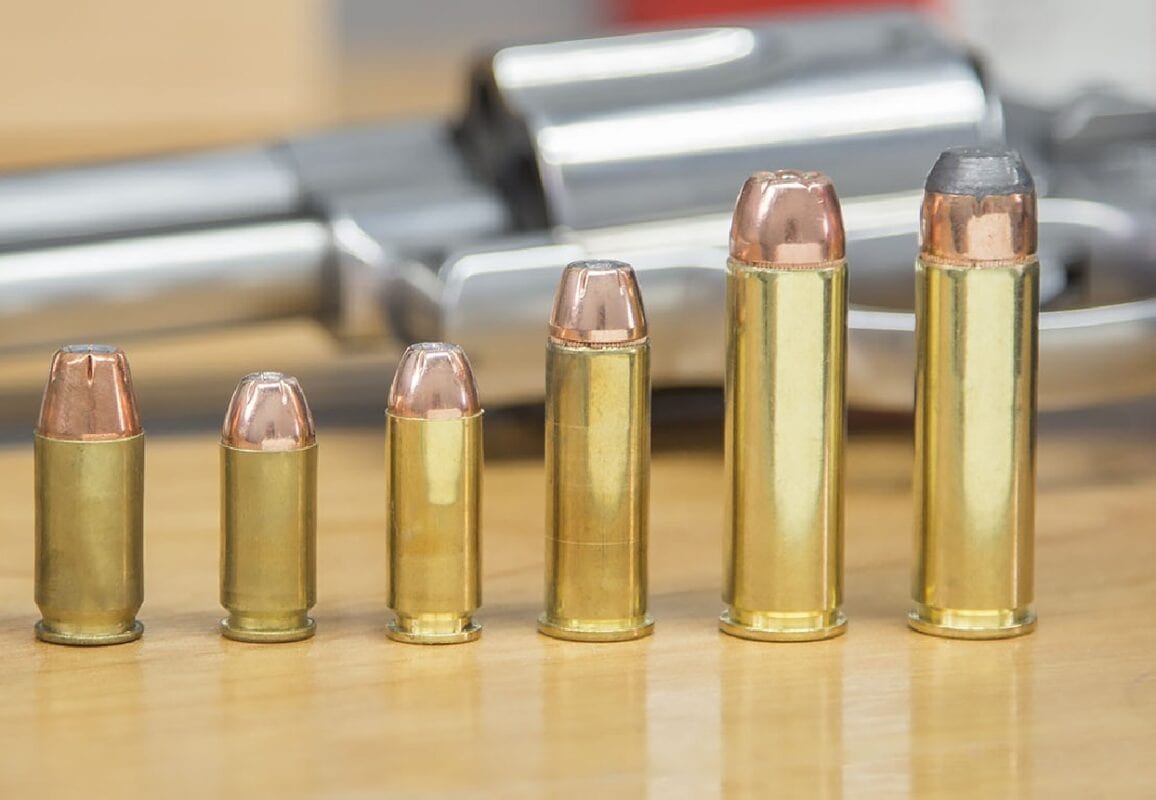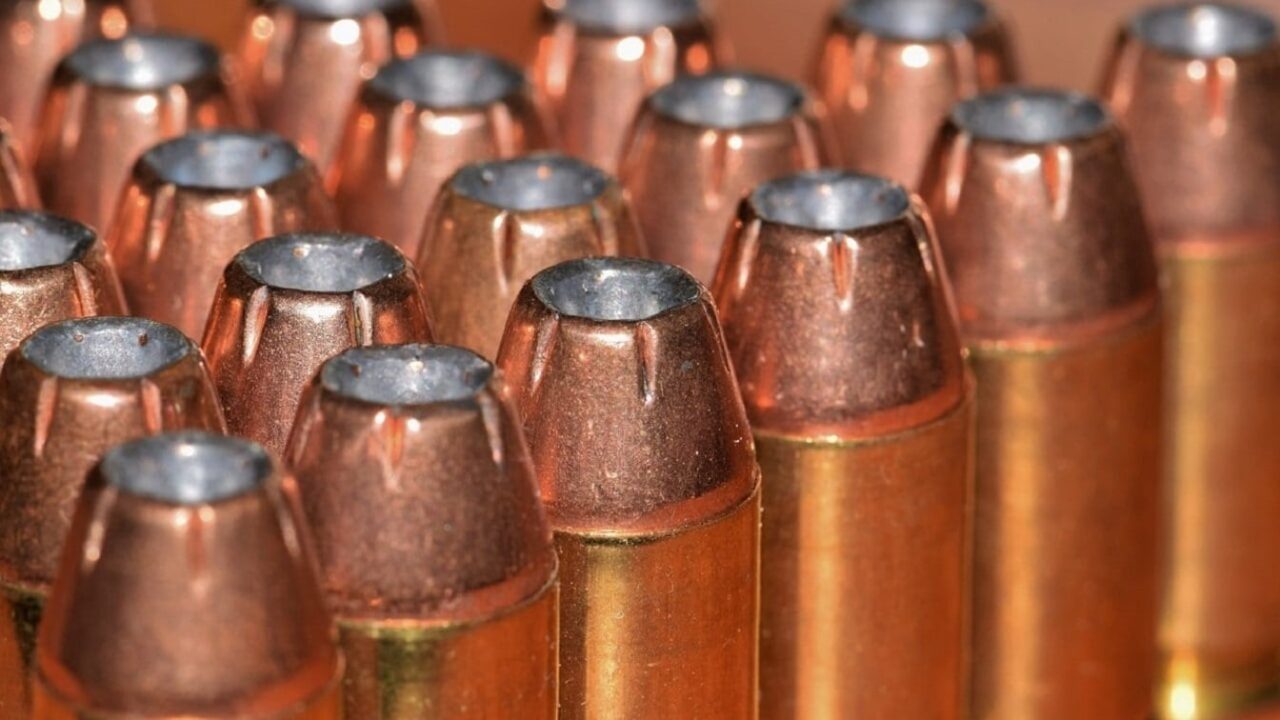We asked a top-tier firearms expert a fundamental question: What is the largest caliber bullet on Earth? The Barrett M82 .50 caliber sniper rifle is noted for being the largest-caliber rifle that can generally be owned by civilians. According to the National Firearms Act of 1934, calibers larger than .50 are not actually illegal. But they are highly restricted, and some communities and states still ban such firearms and their ammunition. Both the weapon and the ammunition are considered destructive devices under the NFA and therefore require a background check and transfer.
Certain historic firearms are exempt, however – notably the German-produced Mauser 1918 Tankgewehr, T-Gewehr, the world’s first anti-tank rifle. While it was chambered for the 13.2mm TuF (Tank und Flieger) round – which is .525 caliber – it is generally legal to own. (Check with local law enforcement to make sure.)
Other firearms must be rechambered to be fully legal. One noteworthy example is the British, World War II-era Boys Anti-Tank Rifle, which was produced as a .55 caliber weapon. When that rifle was offered for sale as military surplus after the Second World War, most were rechambered to .50 in order to comply with the NFA.
Yet neither the Boys Anti-Tank Rifle nor the T-Gewehr is the largest-caliber firearm offered for sale today. A common misconception is that the .700 Nitro Express has the distinction of holding the largest-caliber bullet – but that’s not correct. The cartridge was introduced in 1988 by boutique gun makers Holland & Holland of London, England for big game hunting and as a scaled-up version of the .600 Nitro Express. Single factory-loaded .700 Nitro cartridges now typically cost around $100.
Meet the .950 JDJ
When it comes to a rifle cartridge, nothing is larger than the .950 JDJ, which uses 240 grains of powder to push a 2,400-grain bullet at 2,100 feet per second (FPS). In addition to being the largest caliber on the market today, it has also been measured as generating 277 foot-pounds of recoil, or approximately 10 times as much as a 30-06 rifle. For that reason, shooters must use scopes, bipods, and other components that are designed to handle the force.
The .950 JDJ large caliber rifle cartridge was developed by American gunsmith and weapon designer J. D. Jones of SSK Industries. It has a bullet diameter of 0.950 inches, while its case length is 2.75 inches. Projectiles are custom-made and commonly weigh around 3,600 grains, or roughly half a pound.
Despite the fact that it is nearly double the size of a .50 caliber bullet, SSK was able to receive a sporting use exception to deregulate its rifles and accompanying rounds. It can be owned like any other Title I rifle by an American citizen at age 18. However, SKS only manufactured three of the rifles and actually stopped producing the ammunition in 2014.

Image: Creative Commons.

Image: Creative Commons.

Image: Creative Commons.
Few may ever get a chance to shoot this rifle, but the question to ask is whether you’d even want to try.
MORE: Zumwalt – The Navy’s Stealth Destroyer Firing Hypersonic Missiles?
MORE: Could the U.S. Navy Bring Back Battleships?
A Senior Editor for 1945, Peter Suciu is a Michigan-based writer who has contributed to more than four dozen magazines, newspapers, and websites with over 3,000 published pieces over a twenty-year career in journalism. He regularly writes about military hardware, firearms history, cybersecurity, and international affairs. Peter is also a Contributing Writer for Forbes. You can follow him on Twitter: @PeterSuciu.

